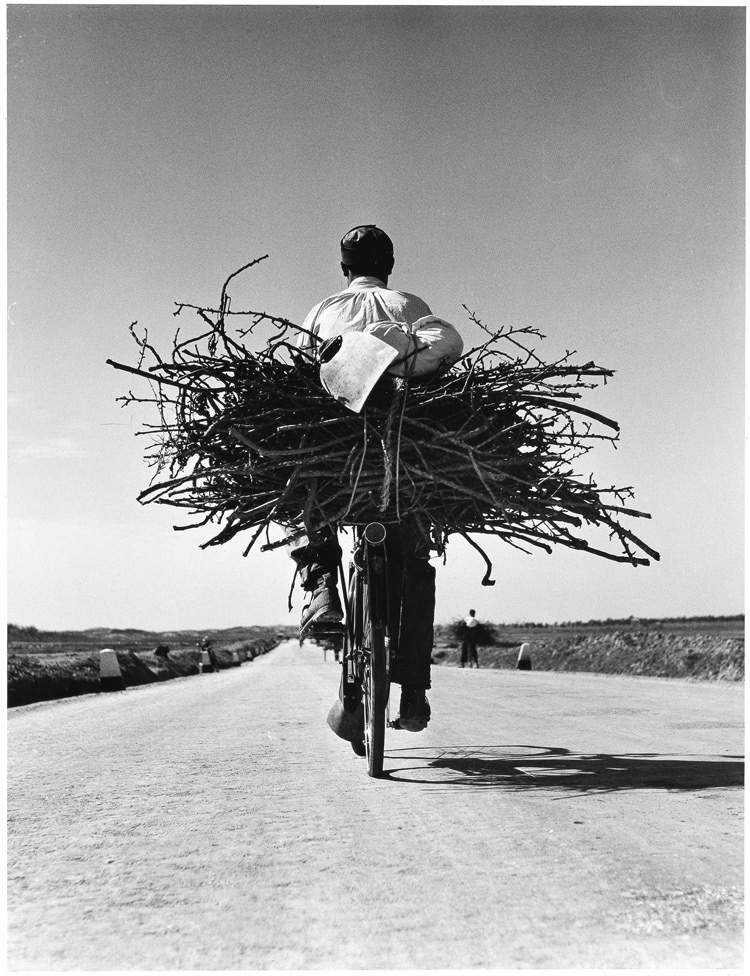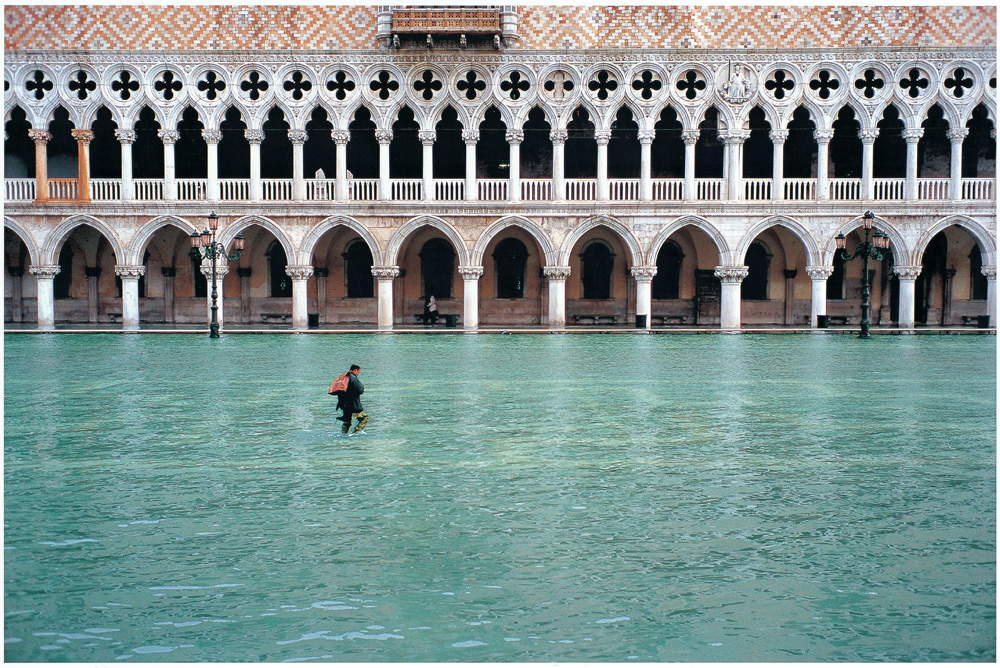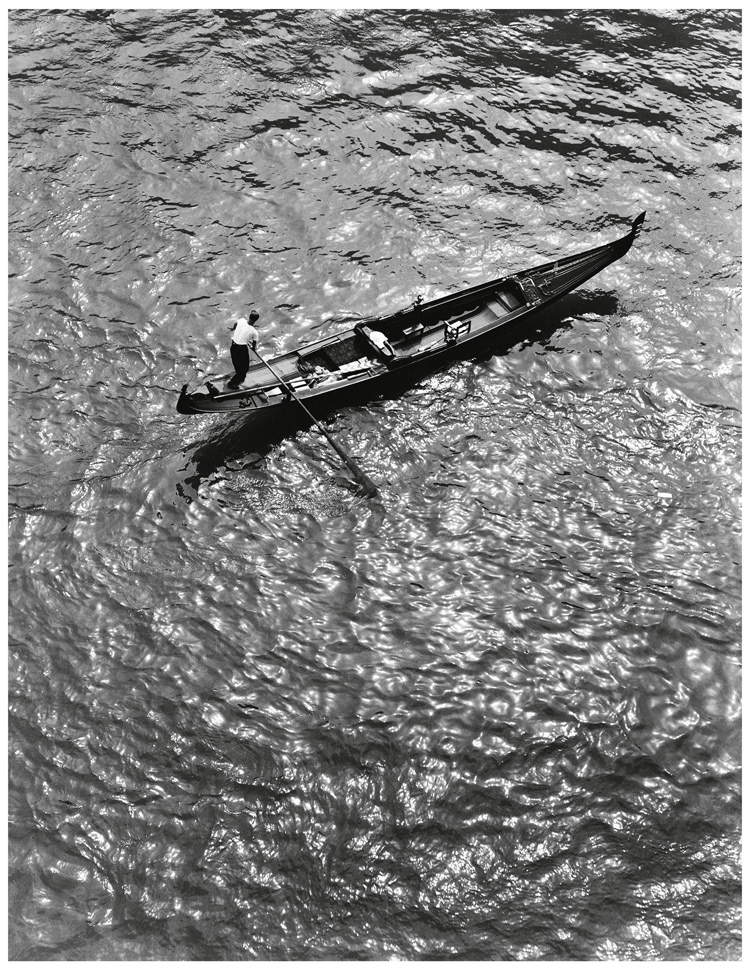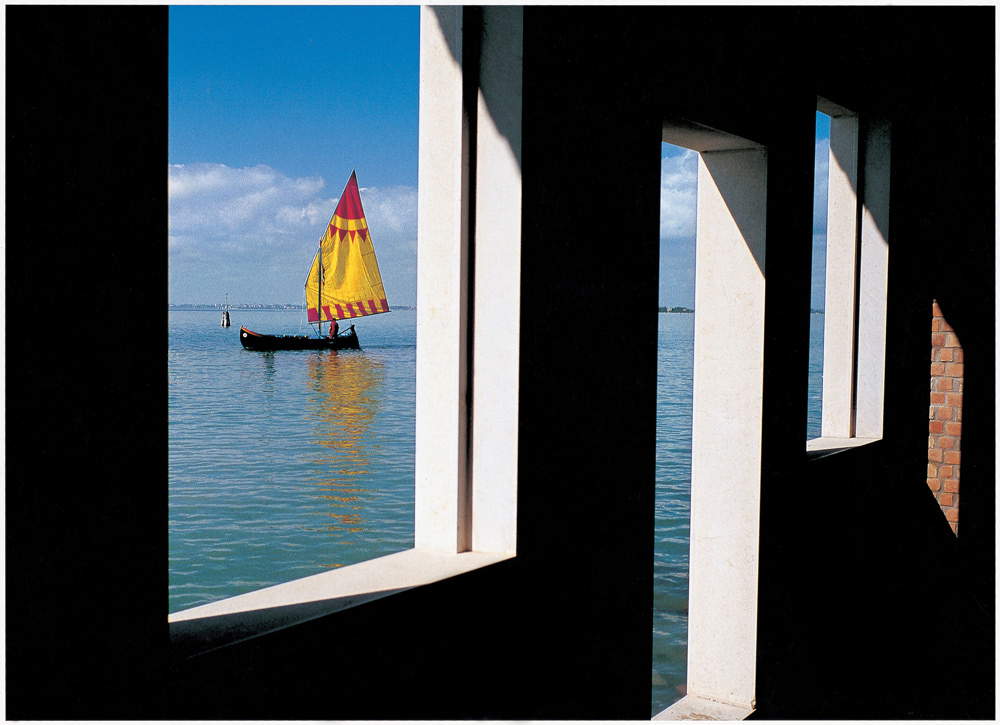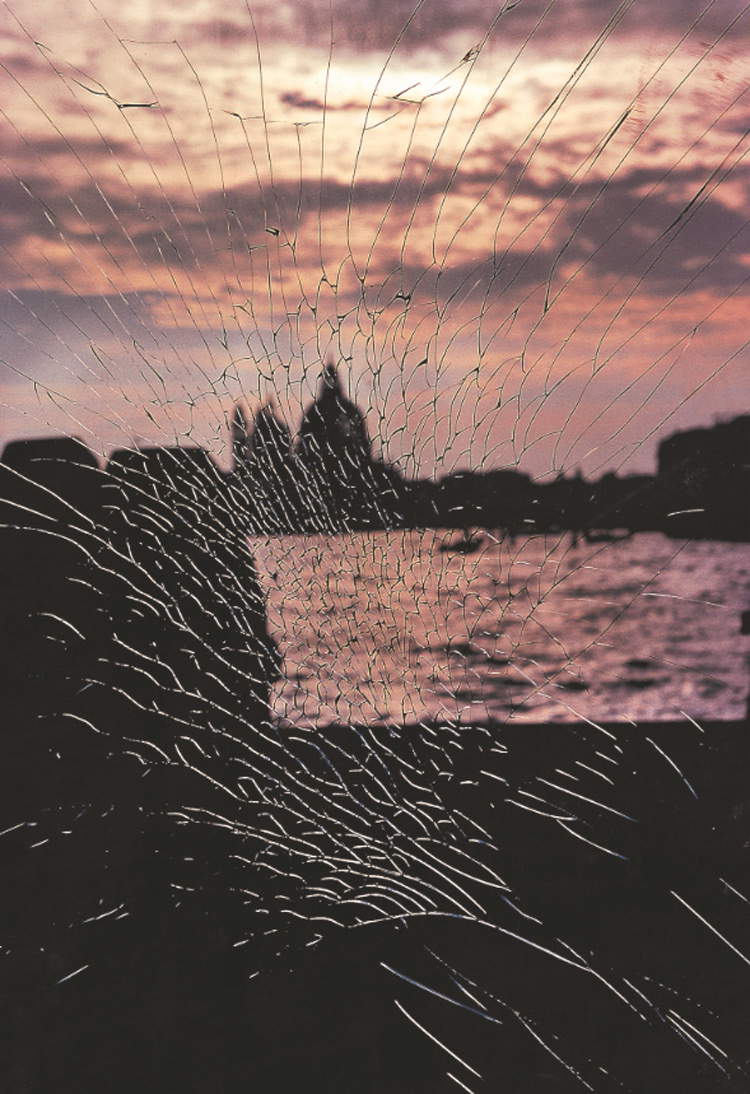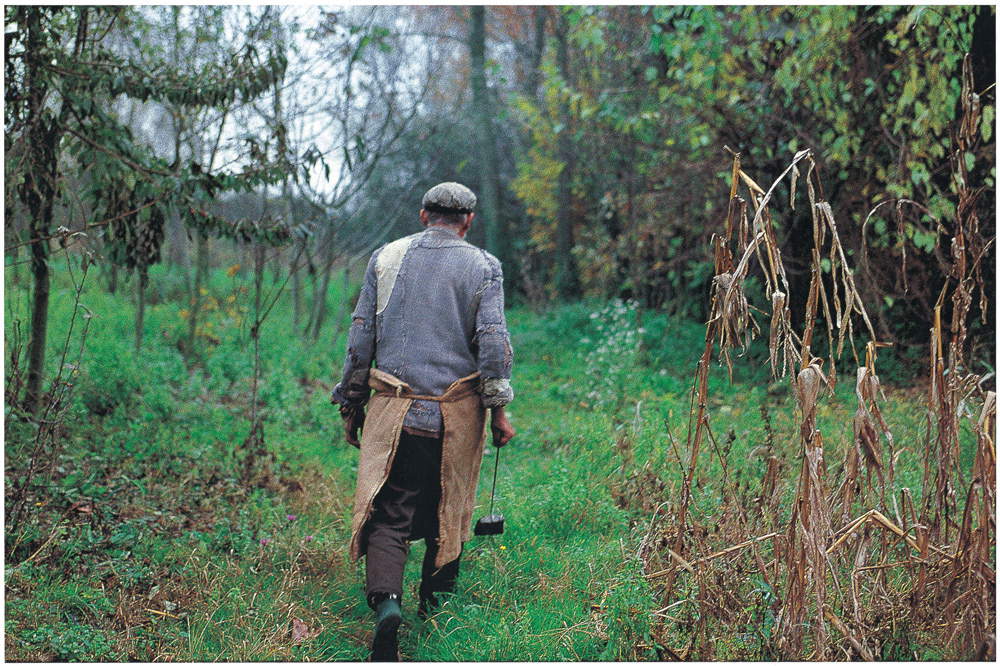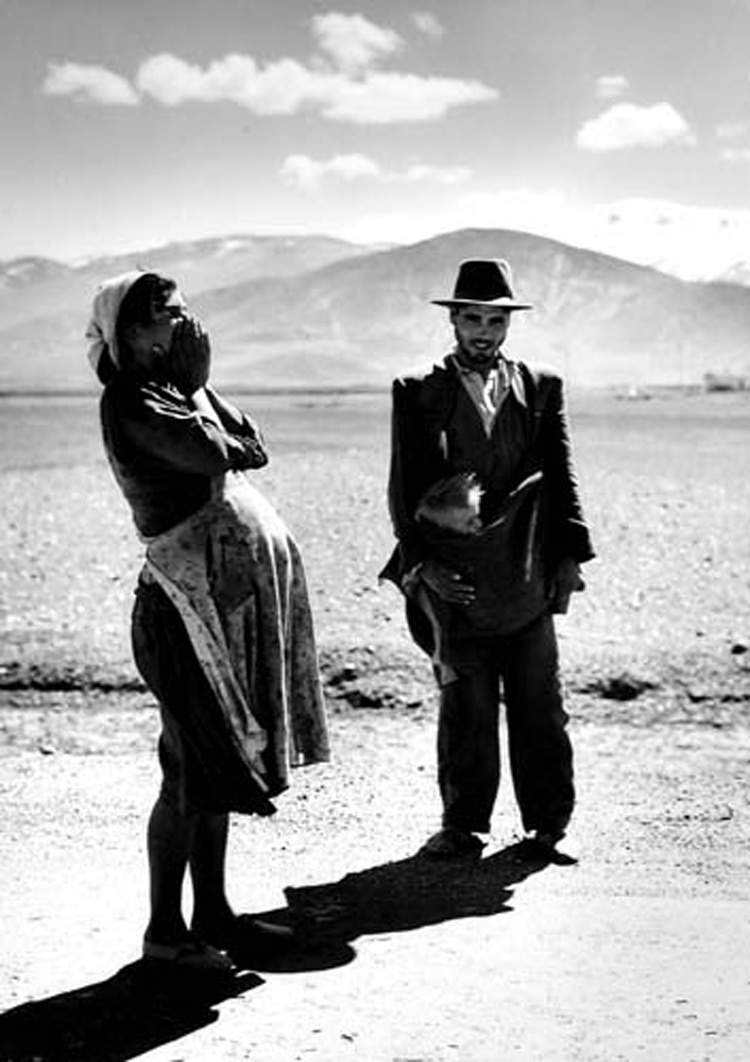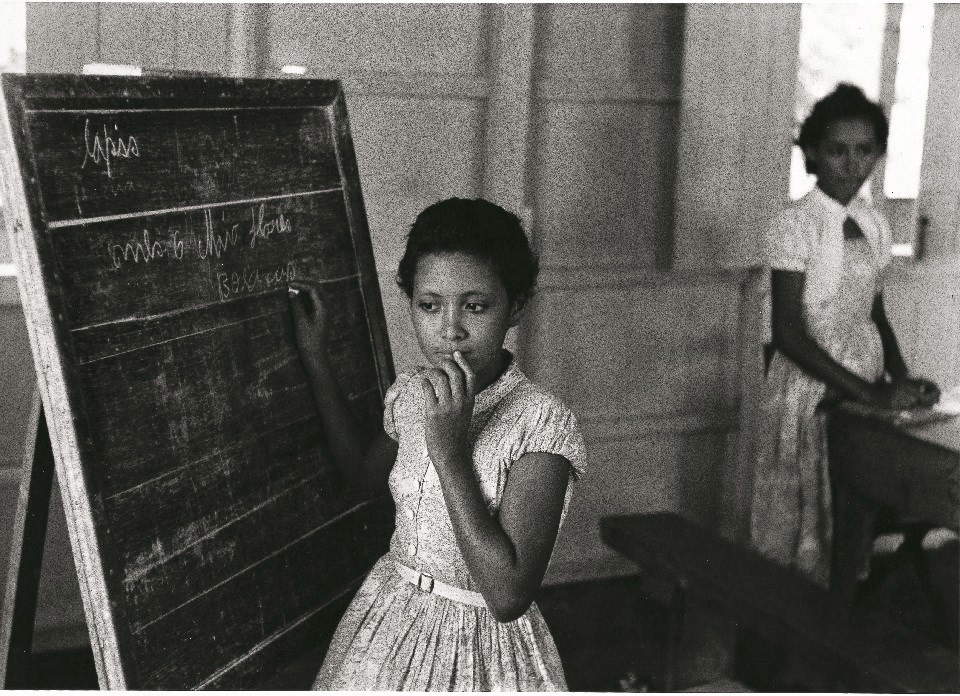by Sofia Busacca , published on 03/08/2018
Categories: Exhibition reviews
/ Disclaimer
Review of the exhibition 'Fulvio Roiter. Photographs 1948-2007' in Venice, Casa dei Tre Oci, from March 16 to August 28, 2018.
There is a place in Venice where time has stood still and life seems to flow quietly and without frenzy. Not far from the crowded Piazza San Marco is Giudecca Island, which is home to a singular building, the House of the Three Oci. Built in 1913 by the De Maria family at a time of great urban and architectural ferment, this house over the years has hosted great artists and intellectuals and is currently the site of outstanding photography exhibitions. Like the last one, dedicated to the great photographer Fulvio Roiter (Meolo, 1926 - Venice, 2016). Promoted by the Venice Foundation and curated by Denis Curti with the contribution of Lou Embo, the photographer’s wife, this retrospective consists of two hundred images divided into nine sections and can be visited until August 26.
But how can this great pioneer of photography be described? Using the words of Italo Zannier: He believes in the spectacularity of the image that he obtains with the discipline of his work, with a precise project that has always required of him something more than enthusiasm, that is, the maximum of tension and professionalism. This is the photography of Fulvio Roiter, dedicated to showing beauty and reality, and all that is fantastic about it, without lies.
This artist’s journey begins early when, as a child, he finds a camera a Billy Box for lesat in the dining room of his home. With a find that happened by chance, Fulvio Roiter discovered a great love that he never abandoned and that led him first to join the Venetian photography circle La Gondola and then to travel to the South to begin his story as a photographer constantly traveling.
 |
| Fulvio Roiter, Sicily, On the road Gela, Niscemi, 1953 © Fondazione Fulvio Roiter |
 |
| Fulvio Roiter, The man and the tree, 1950 © Circolo Fotografico La Gondola Venezia Historical Archives |
 |
| Fulvio Roiter, Acqua alta in Piazzetta San Marco, 2002 © Fondazione Fulvio Roiter |
 |
| Fulvio Roiter, Venice, Gondola from the top of the Rialto Bridge, 1953 © Fondazione Fulvio Roiter |
 |
| Fulvio Roiter, Laguna veneta, Isola di San Giacomo in Paludo, 2005 © Fondazione Fulvio Roiter |
 |
| Fulvio Roiter, Venice, Fondamenta delle Zattere, 1965 © Fondazione Fulvio Roiter |
 |
|
|
Photographing Italy is not difficult. It is impossible. Condensing its beauty, its most significant landscape, historical or social aspects is a fool’s errand. This is the thought of Fulvio Roiter, a great traveler and great lover of his Italy. Several images in this exhibition are dedicated to the Bel Paese, starting with those from his early days, taken in Sicily in the 1950s and with which he made his debut on the international scene. Among those on display iconic is the one showing a man, portrayed from behind as he pedals in the middle of a road carrying a bundle of branches. Black and white photographs, delicate and elegant in their simplicity and captivating in their freshness. The images also include those taken in Umbria, photographs of landscapes and humble people through which he documents the changes taking place in post-war Italy. It was precisely these images taken in Umbria, simple and without the superfluity of color, that won Roiter the prestigious Nadar Prize in 1956.
Fulvio Roiter, originally from Meolo takes many photographs in the beloved Venice, a city of many facets, a city rich in history and a field of incessant research. He will say, They say that labitudine destroys the eye: you live in a place and end up never seeing it again. That may be so, but it does not apply to me: I am saved by emotion because I am still capable of getting excited, and by curiosity. He delighted in portraying this city with lacqua alta, snow, fog, but also in highlighting the details of the palaces, the spires of the churches, the lagoon, the calli, the interiors of the Florian café in St. Mark’s Square. Poetic images that show all the spectacle and magic of a city with its rhythms. Images of everyday life, like that of an old woman bent over roasting fish or like that of a cat in front of a colorful house in Burano; seemingly insignificant subjects, too normal to be photographed but which Roiter knows how to propose in a captivating and new way, often choosing particular angles that make a difference in our final perception. All the shots he takes are new and different and arouse in us who observe them amazement, nostalgia, illusions and an ever-renewed emotion.
But not only Venice and Italy. Important were the trip to Spain, to Andalusia, in search of the landscapes and villages described by Federico Garcia Lorca in his works, and the trip to Portugal first to Nazarè a fishing village near Lisbon and then to the Algarve. These too are images of everyday life, perfect in their choice of subjects and composition, always fresh and searching. And Brazil in 1957, where he follows the birth of Brasilia and where he stays for more than nine months, bewitched by this wonderful country that he regards as a second homeland and which he sees as a watershed between everything that came before and everything that will come later in his life and career. And then Belgium in the winter of 1959 where he met photojournalist Lou Embo with whom he married a few months later. And Africa whose villages and ritual dances he shows. Also Lebanon, Turkey, Mexico, the United States. Tireless traveler and hungry for images. An intense and sincerely passionate life, always dedicated to photography without ever losing lacutezza of gaze, freshness. A life always aimed at searching for all that is fantastic in any place.
 |
| Fulvio Roiter, Carnival in Venice, 1988 © Fondazione Fulvio Roiter |
 |
| Fulvio Roiter, A man without desires, 2005 © Fondazione Fulvio Roiter |
 |
| Fulvio Roiter, Andalusia, 1955 © Fondazione Fulvio Roiter |
 |
| Fulvio Roiter, Floating School in Amazonia, 1957 © Fondazione Fulvio Roiter |
Warning: the translation into English of the original Italian article was created using automatic tools.
We undertake to review all articles, but we do not guarantee the total absence of inaccuracies in the translation due to the program. You can
find the original by clicking on the ITA button. If you find any mistake,please contact us.
